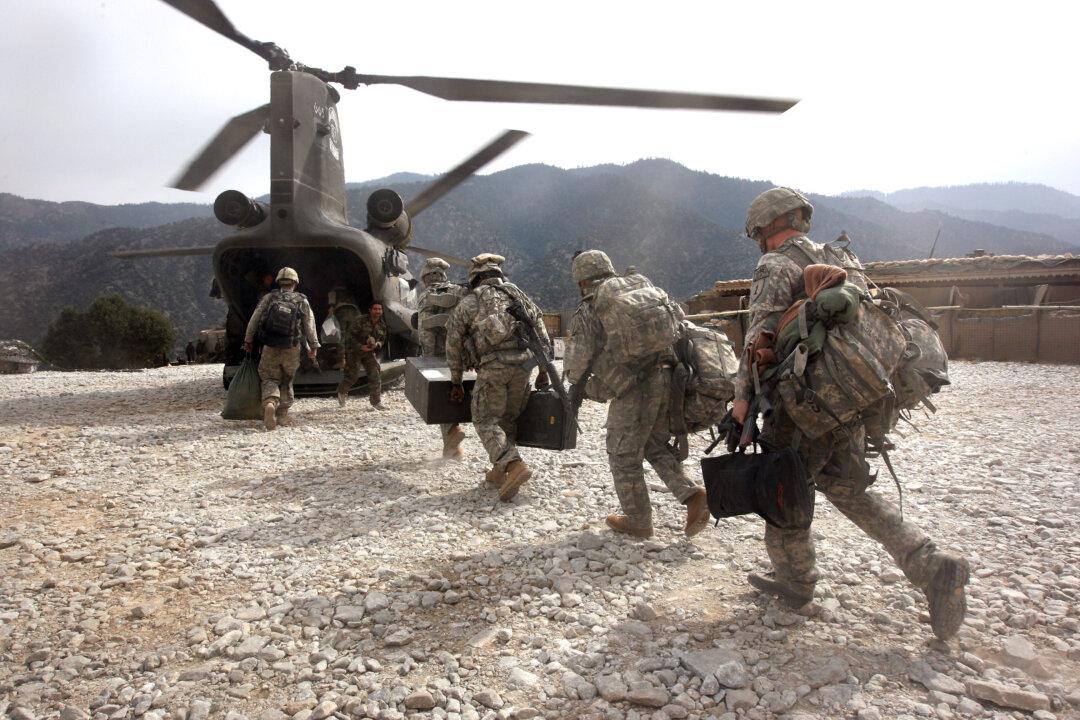President Donald Trump said the United States is committed to winning the war in Afghanistan and preventing the same errors that were made in the withdrawal from Iraq from happening again.
Speaking at Fort Myer in Virginia, Trump said that he shared the American people’s frustration with the 16-year-long war in Afghanistan—America’s longest.




